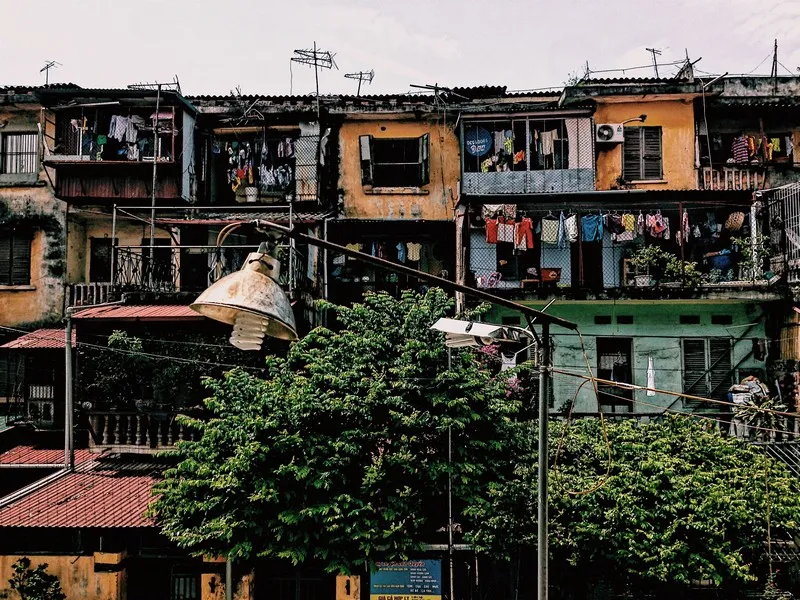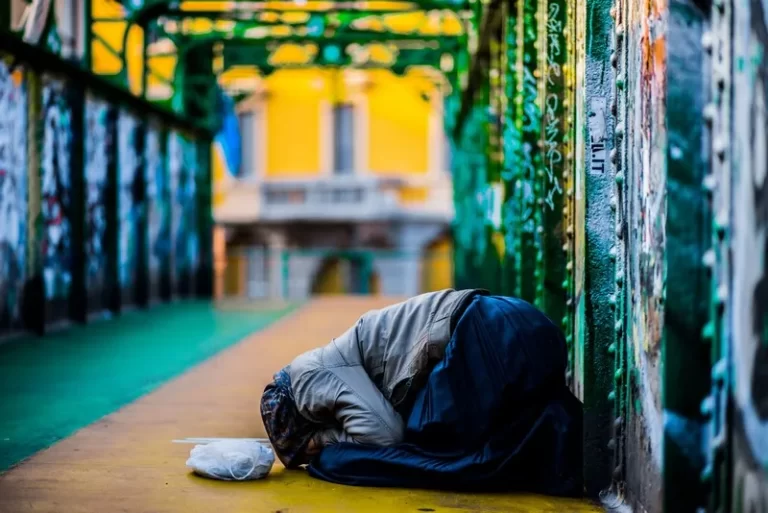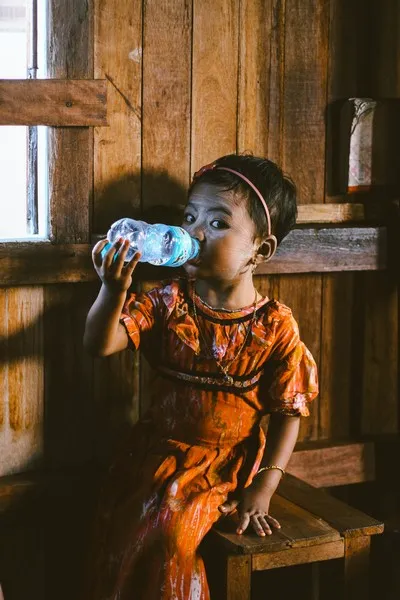Table of Contents
- Defining Shanty Towns and Their Origins
- Social Stratification and Inequality
- Community and Social Networks
- Economic Factors and Informal Labor
- Government Interventions and Policy Challenges
- Cultural Dynamics and Identity
- Globalization and the Spread of Informal Settlements
- Challenges and Prospects
- Conclusion
Shanty towns, often referred to as informal settlements or slums, occupy a unique yet significant position in the global urban landscape. These communities usually emerge on the outskirts of major cities or within abandoned urban pockets, reflecting the myriad social, economic, and political forces that shape our societies. They are, in essence, a microcosm of wider social structures, encapsulating patterns of inequality, marginalization, and resilience. From a sociological perspective, shanty towns offer critical insights into how social stratification, communal bonds, resource distribution, and cultural identity intersect to produce distinctive social realities. Understanding these settlements requires looking beyond superficial assumptions and exploring how they serve as both products and producers of social processes.
Defining Shanty Towns and Their Origins
Shanty towns have historically been labeled as impoverished, makeshift neighborhoods that lack formal planning, infrastructure, and basic public services. The term “shanty town” itself highlights the temporary and improvised nature of the structures, which are often built with found materials such as wood, metal sheets, cardboard, and plastic. These communities have emerged worldwide, from major metropolitan areas in Latin America and Africa to rapidly urbanizing regions in Asia.
Yet, shanty towns are not simply collections of dilapidated shacks. They are a physical manifestation of deeper structural factors, including rural-to-urban migration, economic disparities, and historical patterns of land ownership. Individuals drawn to urban centers in pursuit of employment, better services, and perceived opportunities frequently encounter high living costs and insufficient affordable housing. As a result, they are left with few options but to settle on marginal lands, where they construct dwellings without formal approval or secure land tenure. Over time, these improvised communities can expand into vast neighborhoods, evolving into complex social systems in their own right.
Shanty towns as they exist today can often trace their origins back to colonial contexts or to periods of rapid industrialization and modernization. Historically, colonial administrations paid little attention to establishing inclusive urban planning or equitable resource distribution for the indigenous or lower-income populations. This neglect persisted in the post-colonial era, compounded by the pressures of modernization and global capitalism. Many governments focused on developing affluent commercial districts and housing for the urban elite, while ignoring the needs of the poor, thus leading to the proliferation of unplanned settlements. Consequently, shanty towns became the default living arrangement for large segments of the population that were excluded from formal economic and social structures.
Social Stratification and Inequality
Shanty towns serve as emblematic spaces for examining social stratification. They often exist at the intersection of systemic inequalities, political marginalization, and economic deprivation. Residents of these areas may lack formal employment opportunities, either due to limited educational resources, discriminatory hiring practices, or broader macroeconomic challenges. Consequently, inhabitants often rely on informal labor markets or low-skilled, low-paying jobs within the formal sector, exacerbating cycles of poverty.
This stratification not only emerges within shanty towns themselves but also between these communities and more affluent urban districts. Limited access to healthcare, inadequate schooling facilities, and unsafe infrastructure mean that residents are typically excluded from higher-paying jobs and stable career paths. As a result, shanty towns frequently become stigmatized, perceived as zones of deviance, social dysfunction, and criminality. The stigma, in turn, perpetuates negative stereotypes that make it even harder for these communities to break out of poverty. This vicious cycle demonstrates how layered social inequalities feed into one another, creating barriers that are extremely difficult to overcome.
From a theoretical standpoint, conflict theorists stress how economic structures and power dynamics funnel certain groups into marginalized roles. In the context of shanty towns, land ownership and housing policies are often controlled by wealthy elites or multinational corporations. Consequently, policies and laws are crafted to protect elite interests rather than to facilitate equitable access to housing and land. Residents are thus left vulnerable, often occupying precarious locations susceptible to eviction or environmental hazards. Overcrowded living conditions and poor sanitation also escalate health risks, further underscoring how structural imbalances in resource allocation deepen existing class divides.
Community and Social Networks
Despite the harsh material conditions, shanty towns often demonstrate robust social ties and communal networks that help residents navigate daily hardships. These interpersonal relationships act as informal social safety nets, providing essential support in the form of shared resources, childcare, and information about job opportunities.
Due to the prevalence of informal economy activities, residents often develop mutual assistance programs. Neighbors may collaborate on cooperative savings schemes, small business ventures, or communal facilities designed to improve local conditions. For example, it is not uncommon for residents to pool money to construct a communal water tap or shared sanitation facilities. In environments where state services are lacking or insufficient, such acts of collective organization play a pivotal role.
Social networks in shanty towns also facilitate cultural and religious expressions, thus reinforcing community identity. Communal gatherings, religious festivals, and neighborhood associations provide a sense of belonging. These cultural practices can bolster resilience by offering emotional and spiritual support in the face of adversity. As a result, while shanty towns are often characterized by deep poverty, they also reveal remarkable examples of social cohesion and collective agency.
Economic Factors and Informal Labor
The economic life of shanty towns is a mixture of informal labor markets, small-scale entrepreneurship, and sporadic access to formal-sector work. Residents often engage in street vending, domestic work, construction, and small retail businesses. These income-generating activities are typically unregulated by the government, which creates a particular vulnerability. Labor protections are minimal, and there is often no safety net for loss of income, illness, or workplace injury.
Paradoxically, shanty towns can function as dynamic economic zones within urban centers. Their close proximity to wealthy districts can provide opportunities for certain kinds of low-skilled labor or small-scale commerce. In some cases, residents become indispensable service providers—offering goods and services at lower costs than formal businesses. This entrepreneurial energy underscores the complex interplay between formal and informal economies. However, persistent instability and lack of financial security mean that residents remain in precarious positions.
Government Interventions and Policy Challenges
Get the full article AD FREE. Join now for full access to all premium articles.
View Plans & Subscribe Already a member? Log in.





